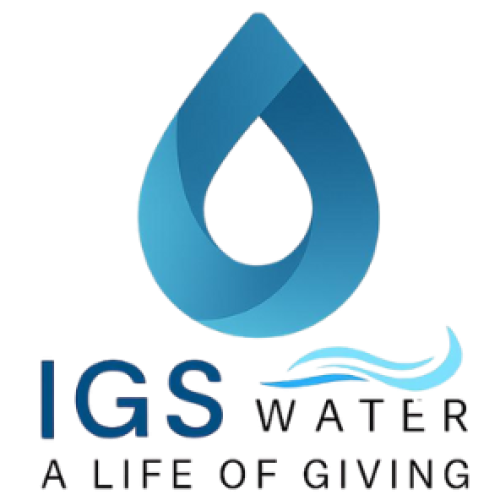Maintaining healthy water quality in ponds and lakes is essential for sustaining aquatic life, preventing algae blooms, reducing foul odors, and preserving the overall balance of the ecosystem. Whether the water body is used for aquaculture, irrigation, recreation, or simply aesthetics, proactive water management can prevent long-term issues and costly interventions. Here are effective strategies to improve pond and lake water quality, based on proven hydrological practices and modern water treatment technologies.
1. Increase Dissolved Oxygen Levels
Dissolved oxygen (DO) is one of the most important indicators of water health. Low oxygen levels can lead to fish kills, algae proliferation, and anaerobic conditions that produce foul smells and toxic gases.
To improve DO, consider installing aeration systems such as surface aerators, diffusers, or destratification systems. These systems circulate water, break surface tension, and help oxygen reach deeper layers. Nanobubble technology is another advanced solution, delivering ultra-fine oxygen bubbles that stay suspended in water for extended periods, continuously enriching it with oxygen.
2. Adopt Nanobubble Technology
Nanobubble generators, like the systems from IGS Water, are highly effective for improving water quality in ponds and lakes. Nanobubbles are extremely small gas bubbles that stay suspended in water and do not rise to the surface rapidly like ordinary bubbles. Their characteristics allow them to:
- Increase dissolved oxygen more efficiently
- Break down organic waste and sludge
- Reduce odor-causing anaerobic zones
- Inhibit harmful algae growth
- Improve water clarity
Because nanobubbles remain stable in water for weeks, they continue working long after treatment, making them a cost-efficient and low-maintenance option.
3. Reduce Organic Waste and Sludge Build-Up
Organic waste accumulation at the bottom of ponds and lakes leads to nutrient overload, which fuels algae growth and reduces water quality. Common sources include fish waste, decaying plants, runoff, and sediments.
Strategies to reduce waste buildup include:
- Using aeration and circulation systems to prevent stagnant zones
- Encouraging beneficial bacteria that break down organic materials
- Minimizing runoff from surrounding areas
- Regularly removing excess plant matter or debris
Improving oxygen distribution also accelerates natural waste decomposition.
4. Control Algae Growth
Excessive algae blooms block sunlight, deplete oxygen, and release toxins that harm aquatic life. To control algae naturally:
- Maintain stable oxygen levels
- Reduce phosphorus and nitrogen inputs
- Improve water circulation
- Use nanobubble technology, which has been proven to reduce algae through oxidation
By disrupting the conditions algae rely on, long-term control becomes easier and more sustainable.
5. Manage Water Stratification
Stratification occurs when warm water stays on the surface and cold water settles at the bottom, preventing oxygen from circulating. This creates anoxic zones that damage aquatic life.
The IGS Water Pond Aeration System (Destratification System) is designed to:
- Mix water layers
- Increase dissolved oxygen throughout the entire water column
- Reduce temperature differences
- Prevent anaerobic conditions
By destratifying the water body, you promote a healthier, more balanced ecosystem.
6. Improve Water Circulation
Stagnant water is one of the biggest contributors to poor water quality. Proper water movement prevents:
- Mosquito breeding
- Organic waste accumulation
- Low oxygen pockets
- Algae dominance
Aerators, water circulation pumps, and destratification systems help ensure consistent flow and oxygen distribution.
7. Limit Nutrient Runoff
Nutrients such as nitrogen and phosphorus from fertilizers, livestock operations, or soil erosion can quickly degrade water quality. To minimize nutrient loading:
- Establish buffer zones with plants around the pond or lake
- Control soil erosion
- Reduce fertilizer use near water bodies
- Prevent livestock access to the water
Lower nutrient inputs directly support better water clarity and reduced algae growth.
8. Conduct Regular Water Testing
Routine monitoring helps identify issues early before they become major problems. Key indicators to test include:
- Dissolved oxygen
- pH
- Turbidity
- Nutrient levels
- Temperature
- Biological activity
Consistent evaluation ensures that corrective measures are applied promptly and effectively.
Conclusion
Improving pond and lake water quality requires a combination of oxygenation, circulation, waste reduction, and nutrient management. With modern solutions like IGS Water’s Nanobubble Generator and Pond Aeration System, water bodies can achieve long-term clarity, reduced odors, healthier aquatic life, and a more balanced environment.
For expert assistance, customized solutions, or equipment recommendations, our team at IGS Water is ready to help you enhance the quality of your water systems.

